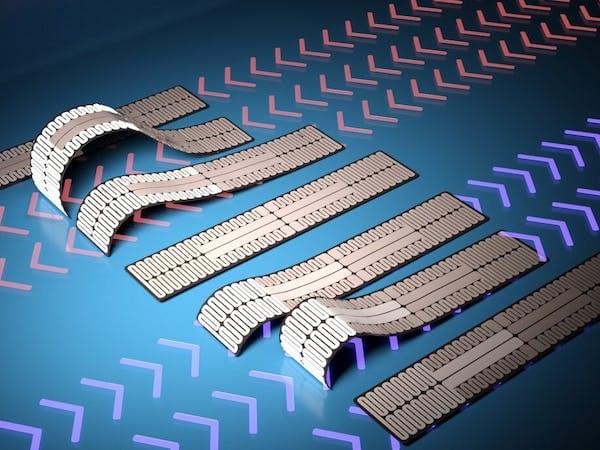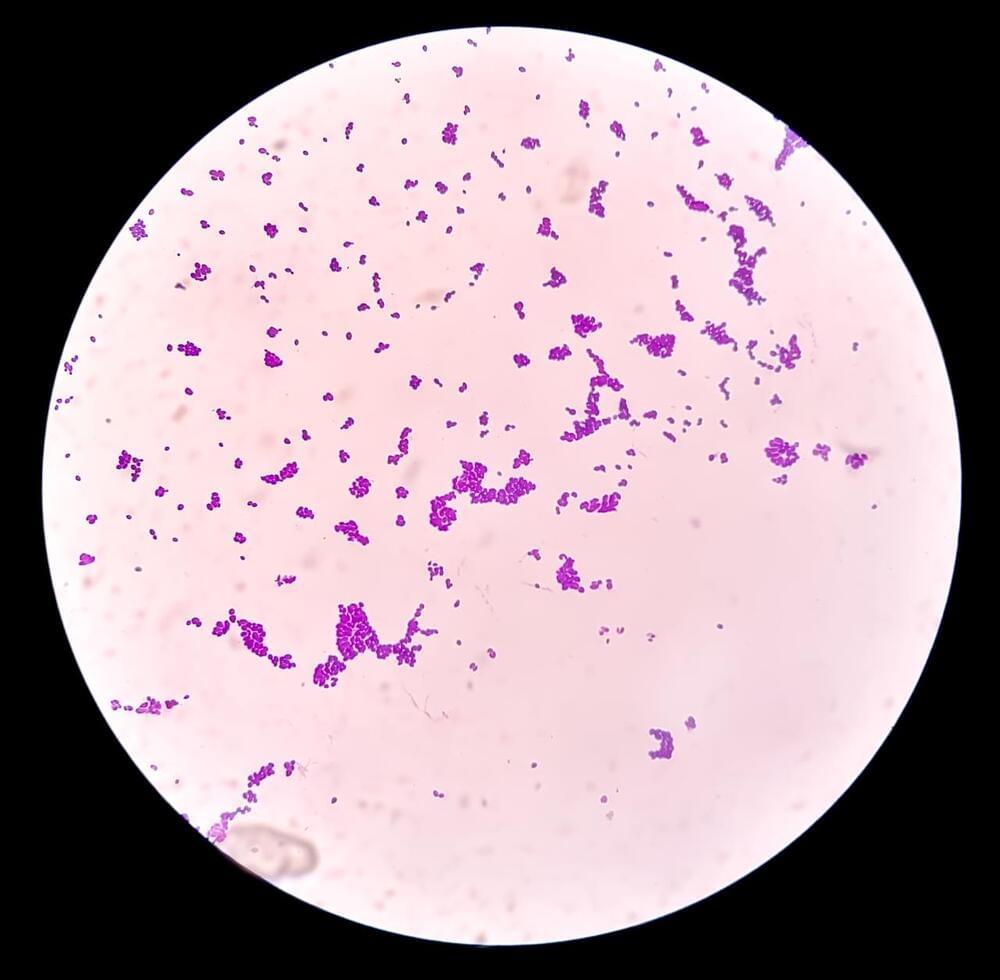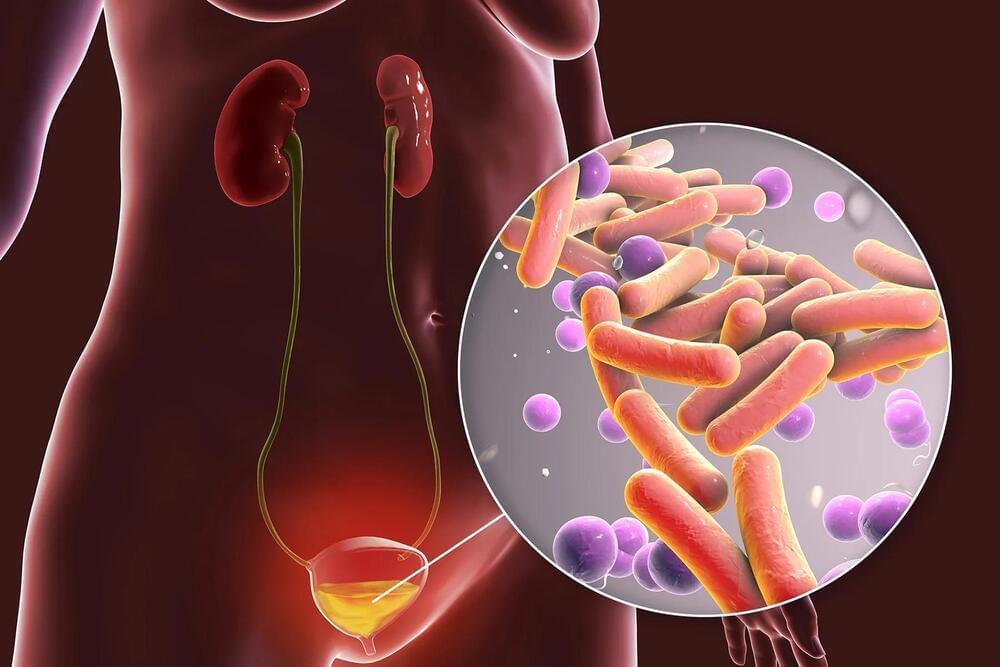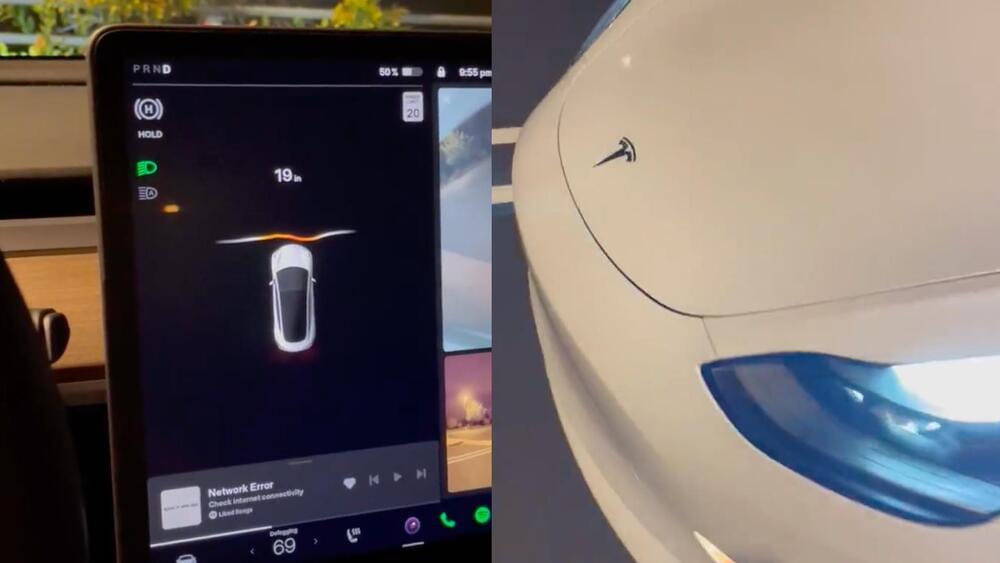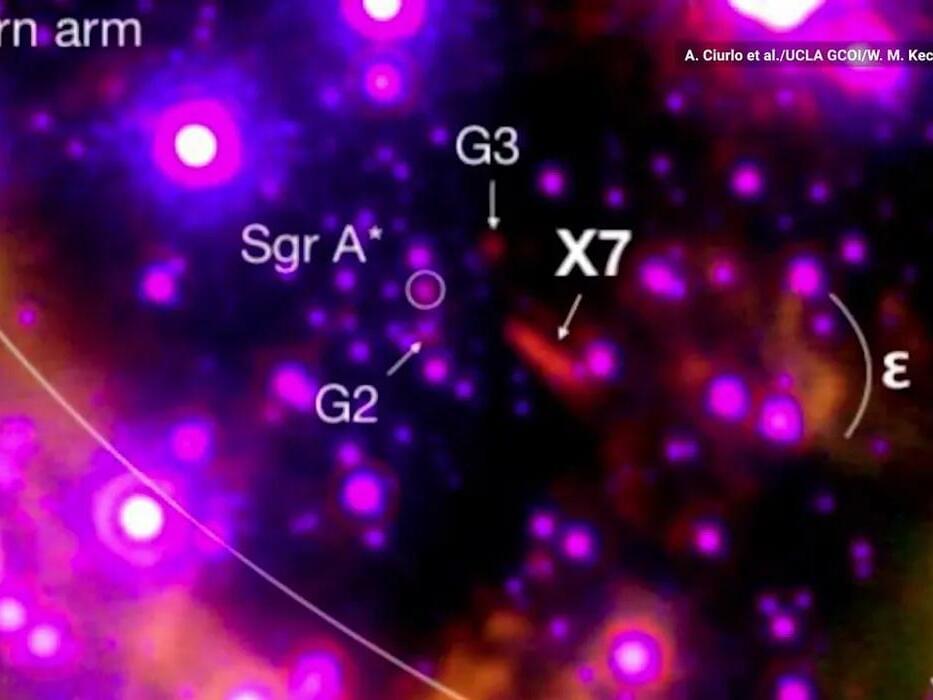Hi guys! Over the last 2 months, I created a programmable 8-bit computer with just redstone. This was an insane project, and I’m super happy with how it turned out!
0:00 Intro.
0:27 Computer Overview.
1:28 Introduction to Registers and the ALU
3:37 Building the Registers.
5:00 Building the ALU
5:58 Introduction to Instruction Memory and the Program Counter.
7:44 What about loops?
9:28 Building the Program Counter.
9:57 Building the Instruction Memory.
10:55 Countdown Program in Minecraft.
11:50 One last problem.
13:01 Building the Data Memory.
14:18 Showcase.
JOIN MY DISCORD! https://discord.gg/V5KFaF63mV
SUPPORT ME https://www.patreon.com/mattbatwings.
My socials: https://linktr.ee/mattbatwings.
Github Repo (assembler and programs): https://github.com/mattbatwings/BatPU
Instruction Set: https://docs.google.com/spreadsheets/d/1Em4ugw7qa9VX12AoGqpY…fksVHQf2S4
Specs:
- Harvard Architecture.
- Custom instruction set w/ 16 instructions.
- 24 redstone tick clock speed (0.41 hz)
- 64 bytes RAM
- 128 bytes program memory.
- 8 general purpose registers.
- 1 central ALU
Showcase Music:
Creo — Lightmare.
https://youtu.be/U0hibvFfRdg.
World Download: (JAVA 1.18.2)
